Hardness SKD11 steel plate as wood chopping knife
In the previous topic on wood chopping knives, surely readers know that SKD11 steel is considered to be the most suitable material that the market currently chooses to use. However, apart from the material issue, the user is also interested in how to make the best wood chopping knife for longevity or durability. And one of the factors affecting the above problem is the hardness of SKD11 steel plate as a wood chopping knife. Let's find out in the following article.
In the previous topic on wood chopping knives, surely readers know that SKD11 steel is considered to be the most suitable material that the market currently chooses to use. However, apart from the material issue, the user is also interested in how to make the best wood chopping knife for longevity or durability. And one of the factors affecting the above problem is the hardness of SKD11 steel plate as a wood chopping knife. Let's find out in the following article.
1, SKD11 steel sheet hardness makes wood chopping knives
The most commonly used SKD11 steel smelting method is vacuum annealing. Accompanied by the appropriate ram process will bring details high hardness and toughness needed. But how much hardness is enough to have a set of quality hashes.
Normally, SKD11 steel will be recommended to harden 58HRC - 60HRC to achieve the best hardness, but not all applications are used at 58HRC - 60HRC. Wood knives are no exception.
With the working characteristics of a chopping knife is a tremendous impact force, high abrasion resistance, requiring the user to set out to be tough but strong enough to fasten and not wear too quickly. Therefore, with a wood chopping knife, the most suitable hardness to have the best quality is 55HRC - 57HRC. At this hardness, the set of knives will satisfy all the requirements set out above in terms of hardness, toughness or abrasion resistance. And since then, SKD11 steel plate as wood chopping knife has the best life expectancy.
2, Some common problems with wood chopping knives
A, the knife is too hard
When the hardness is too high, the chopping knife will easily break the edges during use and the result will be broken. At the same time, can cause domino effect for all the remaining knives when impacted broken blade. If the knife is flexible, it will minimize the broken edge or broken knife, but instead only dented or punched the blade at the location of impact.
b, Dao is too soft
When the hardness is not too high, obviously breaking is almost impossible but the problem is knife durability. Inadequate hardness will lead to rapid wear and long service life, blunt cutting blades to be regularly sharpened will be time-consuming and costly, affecting the production process.
c, Uneven hardness
This case is often encountered when using unqualified materials such as SKD11 steel of unknown origin, Chinese SKD11 steel or knife-making materials other than SKD11 steel such as S50C. This is a consideration for the production of wood chopping knives.
Hopefully the above information will solve the problems that readers are having. If you want more detailed advice on the type of industrial steel, readers can contact 0332 91 61 61 or chat online with us.




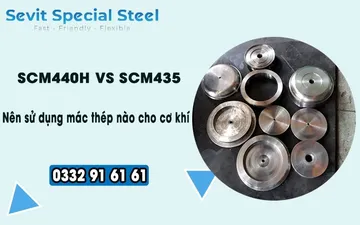

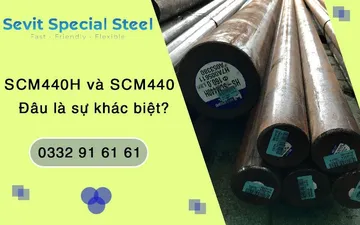
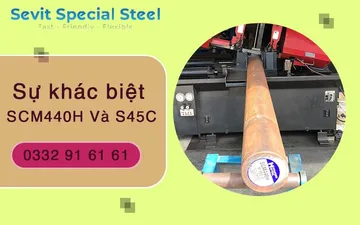
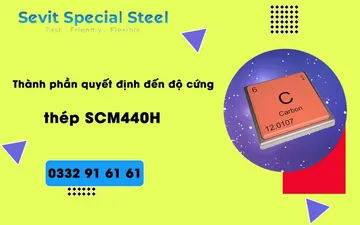
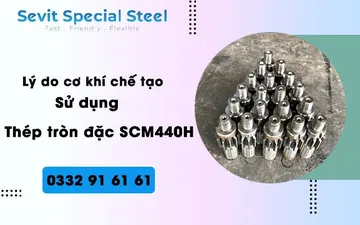

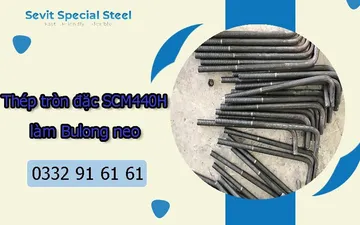
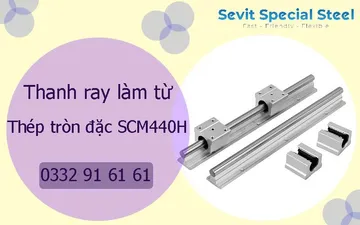
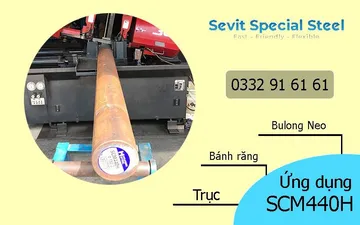
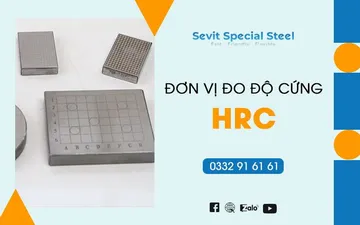
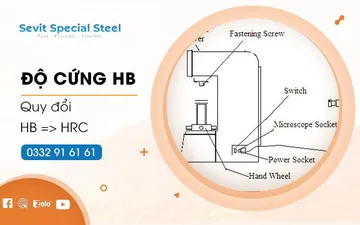
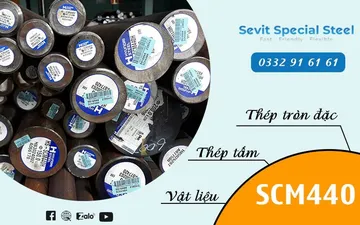
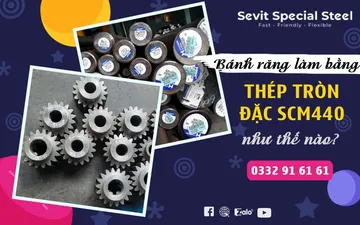






 Online
: 2
Online
: 2 Hits today
: 161
Hits today
: 161 Hits yesterday
: 340
Hits yesterday
: 340 Visits of the month
: 6095
Visits of the month
: 6095 Total access
: 891394
Total access
: 891394
